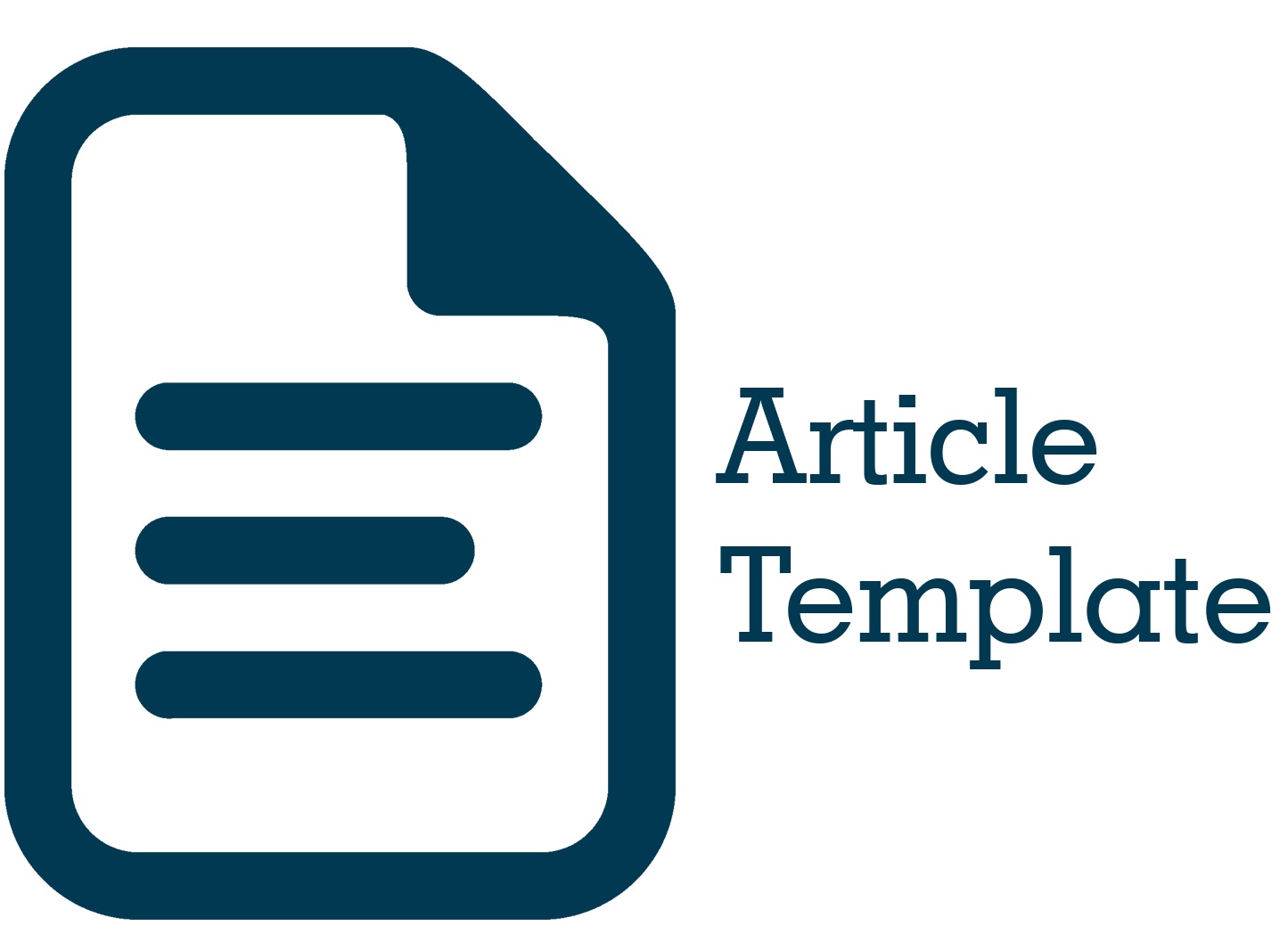Penanggulangan Stunting dalam Prespektif Collaborative Governance
DOI:
https://doi.org/10.51135/PublicPolicy.v4.i2.p625-644Keywords:
Stunting, Collaborative Governance, StakeholdersAbstract
Stunting in Indonesia is still relatively high, including Probolinggo Regency which ranks 4th in East Java Province based on https://sigiziterpadu.kemkes.go.id/ data has a stunting prevalence of 23.5% based on SSGI data in 2021. Stunting in Probolinggo Regency is said to be high because it exceeds the minimum stunting percentage, which is 14%. So to overcome stunting, legal certainty was made, namely Probolinggo Regent Regulation Number 15 of 2019 concerning the Acceleration of Integrated Stunting Prevention in Probolinggo Regency, one of the strategies is by establishing cooperation and harmonization across sectors. Therefore, the dynamics of collaborative governance are needed, so that the cooperation established by these stakeholders can support the reduction of stunting that occurs in Probolinggo Regency. The purpose of this study is to determine and describe collaborative governance in stunting reduction in Probolinggo Regency using Ansell and Gash, (2008) theory references which have four variables, namely initial conditions, institutional design, facilitative leadership, and collaboration process. This study used qualitative method with a descriptive approach. The conclusion that can be drawn from this study is that collaborative governance carried out as a whole has run optimally and obtained good intermediate results.
Downloads

Downloads
Published
How to Cite
Issue
Section
License
Authors whose manuscripts are published in the Journal of Public Policy must agree to the following terms;
- Publication rights for all manuscript materials published are held by the editorial board with the author's consent.
- The legal formalities for digital access to the Journal of Public Policy are subject to the Creative Commons Attribution Sharealike (CC BY SA) license, which means the Journal of Public Policy has the right to store, redistribute, reformat, manage in a database, maintain, and publish the manuscript without seeking permission from the author as long as the author's name is included as the copyright owner.
- Published manuscripts are open access for the purpose of disseminating research results. Besides this purpose, the editorial board is not responsible for copyright law violations.


.png)



